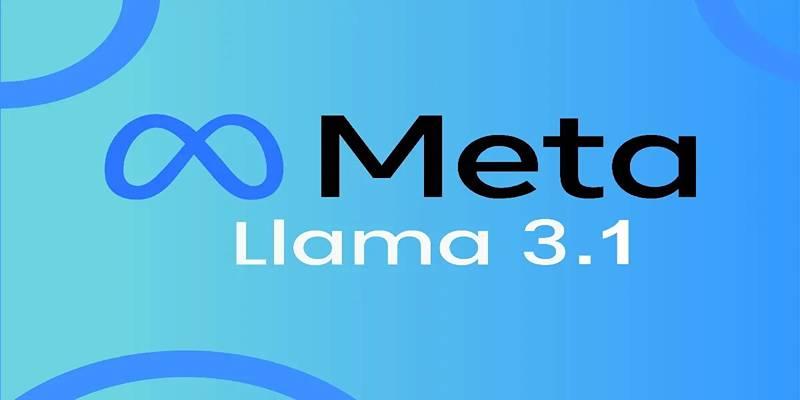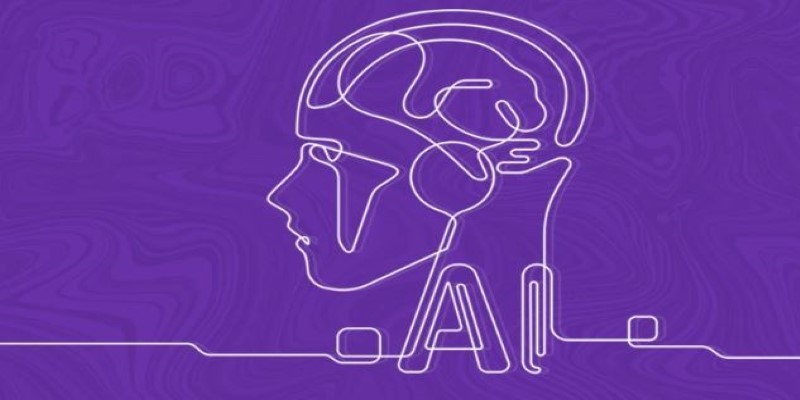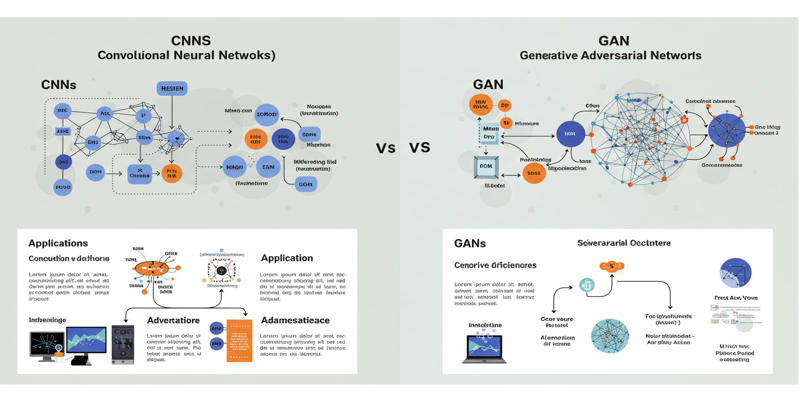Meta’s Llama series has quickly become one of the most powerful open-source language model families in the AI ecosystem. In April 2024, Llama 3 made headlines with its performance and adaptability. But just three months later, Meta released Llama 3.1, offering significant architectural improvements, especially for long-context tasks.
If you’re currently using Llama 3 in production or planning to integrate a high-performing model into your product, you might wonder: Is Llama 3.1 a real upgrade—or just a heavier version? This article compares the two models side by side, so you can decide which one fits your AI needs better.
While both models have 70 billion parameters and are open-source, they differ in how they handle text inputs and outputs.
Feature | Llama 3.1 70B | Llama 3 70B |
|---|---|---|
Parameters | 70B | 70B |
Context Window | 128K tokens | 8K tokens |
Max Output Tokens | 4096 | 2048 |
Function Calling | Supported | Supported |
Knowledge Cutoff | Dec 2023 | Dec 2023 |
Llama 3.1 increases both the context window (16x larger) and the output length (doubled), making it ideal for applications that require long documents, in-depth context retention, or summarization. Llama 3, on the other hand, maintains its speed advantage for fast interactions.
To assess raw intelligence and reasoning, benchmarks reveal important differences.
Test | Llama 3.1 70B | Llama 3 70B |
|---|---|---|
MMLU (general tasks) | 86 | 82 |
GSM8K (grade school math) | 95.1 | 93 |
MATH (complex reasoning) | 68 | 50.4 |
HumanEval (coding) | 80.5 | 81.7 |
Llama 3.1 outperforms in reasoning and math-related tasks, especially with a 17.6-point lead in the MATH benchmark. For code generation, Llama 3 still has a minor edge, showing slightly better results in the HumanEval benchmark.

While Llama 3.1 brings noticeable upgrades in contextual understanding and reasoning, Llama 3 still leads where speed matters most. For production environments where responsiveness is crucial—think chat interfaces or live support systems—this difference can be a dealbreaker.
Below is a side-by-side performance comparison that illustrates just how far apart these models are when it comes to raw efficiency:
Metric | Llama 3 | Llama 3.1 |
|---|---|---|
Latency (Avg. response time) | 4.75 seconds | 13.85 seconds |
Time to First Token (TTFT) | 0.32 seconds | 0.60 seconds |
Throughput (tokens per second) | 114 tokens/s | 50 tokens/s |
Llama 3 is almost 3x faster than Llama 3.1 in generating tokens, making it better suited for real-time systems like chatbots, voice assistants, and interactive apps.
Llama 3.1 introduces improvements in multilingual support and safety features:
While both models are open-source, operational costs differ:
While both Llama 3 and Llama 3.1 models are trained on massive datasets, Llama 3.1 benefits from refinements in data preprocessing, augmentation, and curriculum training. These improvements aim to strengthen its understanding of complex instructions, long-form reasoning, and diverse text formats.
These behind-the-scenes changes are vital for developers working on retrieval-augmented generation or systems requiring nuanced responses.
Llama 3.1 is heavier in terms of memory and hardware demands despite sharing the same number of parameters (70B).
This section helps AI infrastructure teams decide which model fits their available hardware or deployment pipeline.
One subtle but crucial improvement in Llama 3.1 is its ability to follow multi-turn or layered instructions:
In contrast, Llama 3 often shows drift in instructions when presented with longer prompts or tasks involving step chaining.
This is particularly relevant for applications like assistant agents, document QA, or research summarization.

Both Llama 3 and Llama 3.1 support fine-tuning via LoRA and QLoRA methods. However:
Additionally, some tools trained on Llama 3 checkpoints may not be backward-compatible with 3.1 out of the box due to tokenizer drift.
For developers building domain-specific applications, this compatibility check is critical before migrating models.
Choosing between Llama 3 and Llama 3.1 depends on your project's specific requirements:
By aligning your choice with your project's needs and resource availability, you can leverage the strengths of each model to achieve optimal performance in your AI applications.

Open reasoning systems and Cosmos world models have contributed to robotic progress and autonomous system advancement.

Discover how Microsoft Drasi enables real-time change detection and automation across systems using low-code tools.

Learn how Explainable AI (XAI) guarantees equal opportunity, creates confidence, and clarifies AI judgments across all sectors

AI Hallucinations happen when AI tools create content that looks accurate but is completely false. Understand why AI generates false information and how to prevent it

The AI Labyrinth feature with Firewall for AI offers protection against data leakages, prompt injection attacks, and unauthorized generative AI model usage.

Discover five powerful ways computer vision transforms the retail industry with smarter service, security, shopping, and more

Boost teacher productivity with AI-generated lesson plans. Learn how AI lesson planning tools can save time, enhance lesson quality, and improve classroom engagement. Discover the future of teaching with AI in education

How open-source AI projects and communities are transforming technology by offering free access to powerful tools, ethical development, and global collaboration

GANs and VAEs demonstrate how synthetic data solves common issues in privacy safety and bias reduction and data availability challenges in AI system development

How logic and reasoning in AI serve as the foundation for smarter, more consistent decision-making in modern artificial intelligence systems

From 24/7 support to reducing wait times, personalizing experiences, and lowering costs, AI in customer services does wonders

Know the essential distinctions that separate CNNs from GANs as two dominant artificial neural network designs